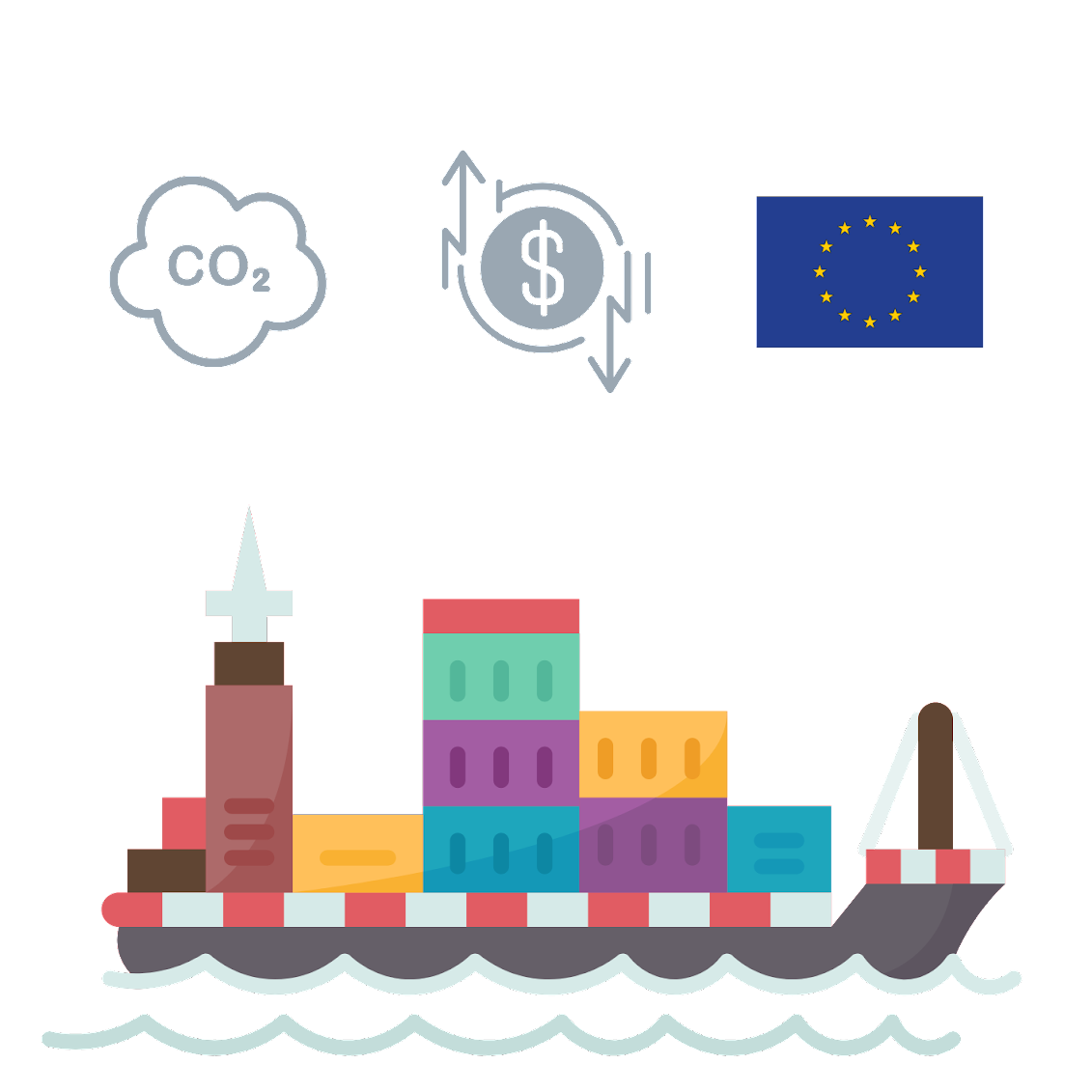The European Union has historically been one of the most vocal supporters of climate change regulation, as well as one of the wealthiest areas in the world and a major importing market.
The main reasons for discussing the Carbon Border Adjustment Mechanism (CBAM) are that, in this scenario, there is a real possibility that carbon intensive companies might want to relocate out of the EU to avoid paying a price for carbon, while they keep selling their products to the EU market.
So what is the CBAM? Who will be affected by it? And, most importantly… is it fair?
What is The CBAM?
The Carbon Border Adjustment Mechanism (CBAM) is a proposal for a carbon tariff that will apply to certain carbon intensive imports such as metals, cement, fertilizers and electricity. This mechanism, which is currently being discussed as part of the European Green Deal, is not to be mistaken with a carbon tax and could come into effect in 2026, with early phases of reporting starting as soon as 2023.
The mechanism is designed to prevent carbon leakage from countries without a carbon price. The price of CBAM certificates should be based on the price of the EU allowances under the European Union.

Who will be affected by the CBAM?
For the first phase of implementation, the European Union has identified a group of carbon intensive imports that will be targeted. These are: electricity, cement, fertilizers, iron and steel.
These imported products represent approximately 170 million tons of CO2e according to ICIS. The main idea is to prevent carbon intensive products from entering the EU without paying for its carbon price. Therefore, companies based in countries with lax or non-existing environmental regulations will still have to pay for the carbon price at the EU border as if they were produced within the EU.
This carbon tariff is estimated to increase the EU’s budget by up to 10 billion euros per year, part of which would be destined towards post-COVID recovery plan. In return, the European Commission will progressively – over the course of 10 years – stop giving free allowances for the EU ETS. By that time, with the Carbon Border Adjustment Mechanism supposedly operating in place, carbon intensive companies wouldn’t have any incentive to relocate.
When will CBAM come into force?
The Mechanism is expected to come into force by 2026. However, companies affected by that tariff will need to register and report GHG emissions by January 2023. The price of the CBAM will be determined by the price of the EU ETS. Moreover, if a company pays a price for carbon in a country outside of the EU, it will be deducted from the CBAM. The aim of the mechanism is not to collect the carbon price, but to ensure all carbon intensive products are paying a price for it, whether it is within the EU, outside of the EU or at its borders.
Is the CBAM fair?
Some countries that will be especially affected by this mechanism, such as Turkey and Russia, are voicing their concerns and stating that it would be unfair according to the WTO rules.
One might wonder if a company in a developing country has the same capacity to measure and certify GHG emissions and pay a price for carbon than one based in the EU. Is this “leveling the playfield”, or is this environmental protectionism? Well, we will leave that conclusion for you to decide.
At ALLCOT Trading, our mission is to promote additional sustainable impact with every transaction. If you want to achieve this in a fair, transparent and win-win scenario, contact us and together we will make it happen.



